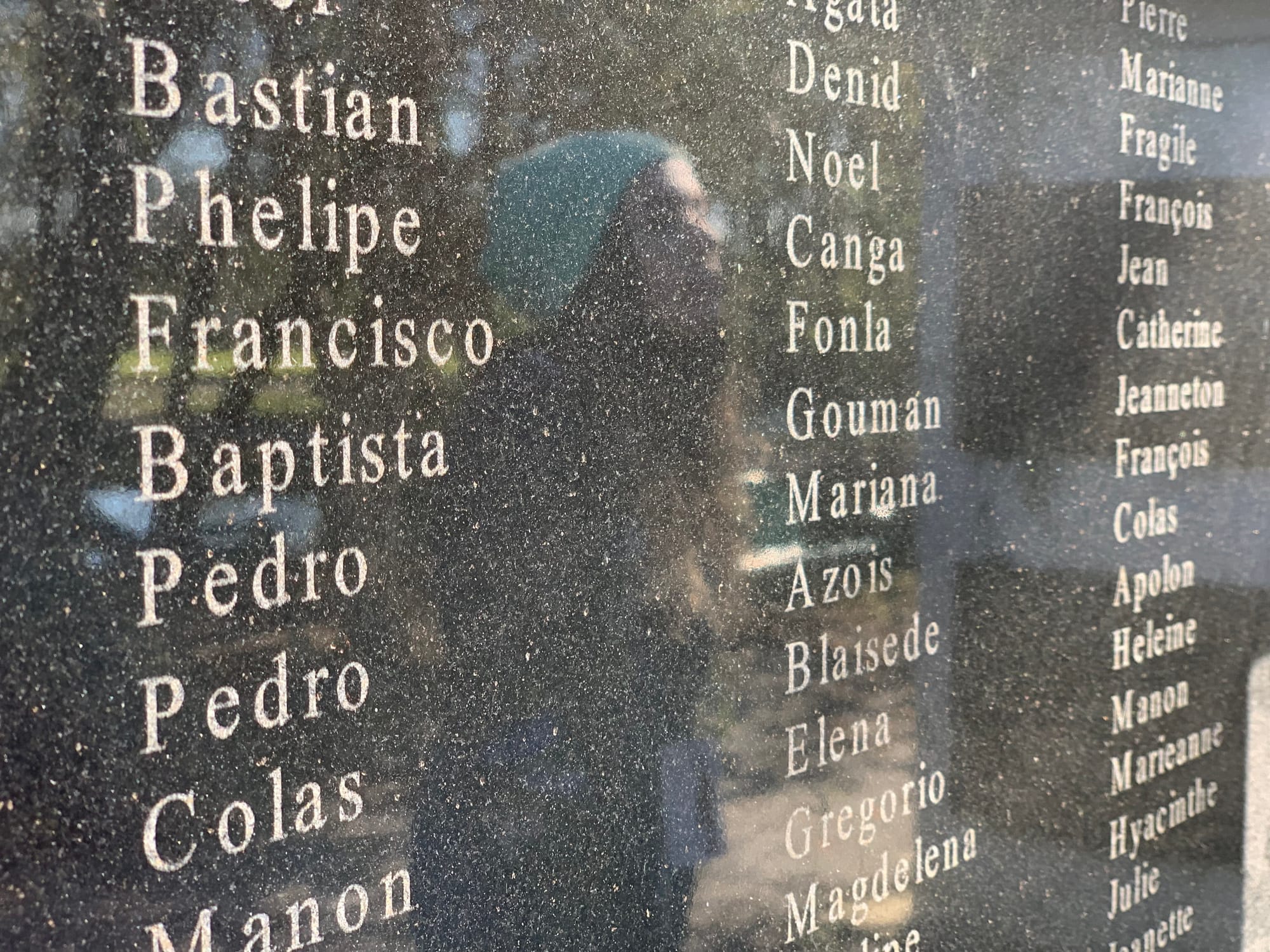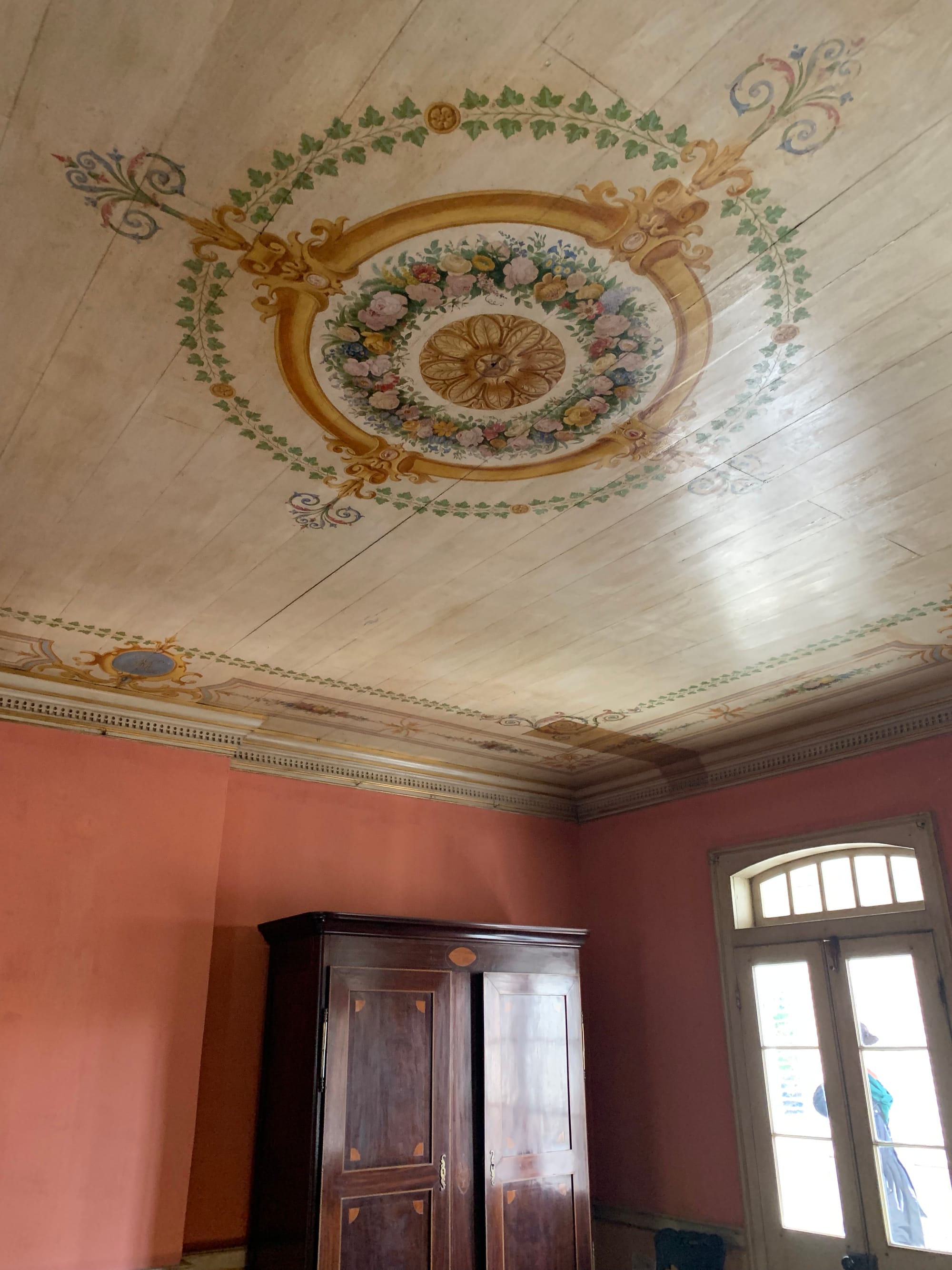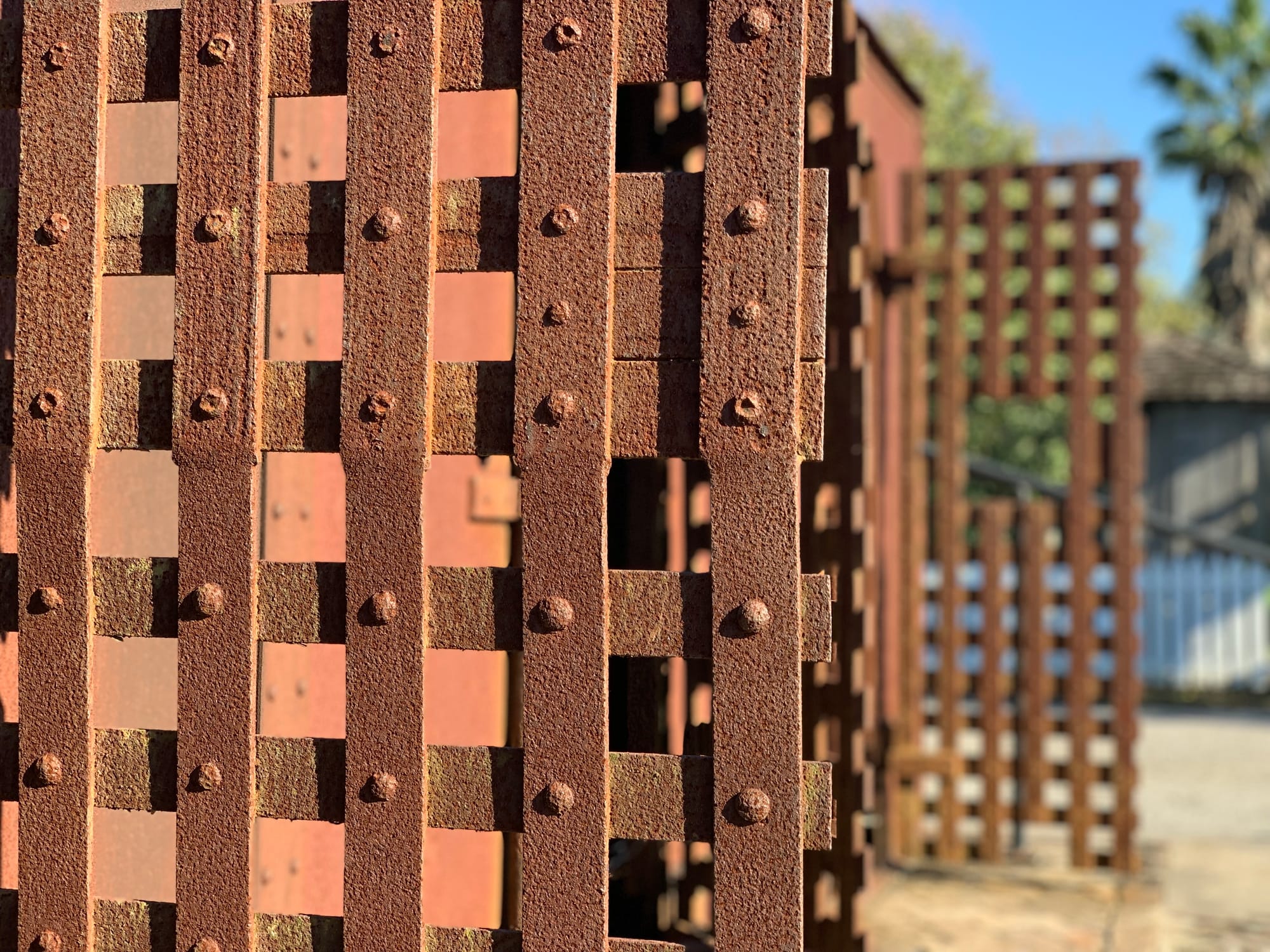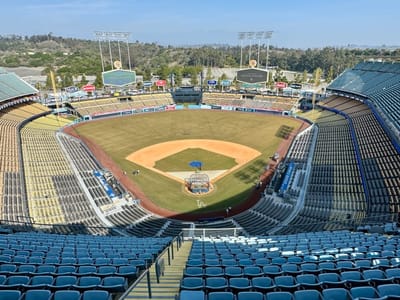Visiting the Whitney Plantation/Slavery Museum

When I read Bryan Stevenson's Just Mercy a few years ago, I remember being shocked not just by the stories about today's justice system, but the revelation that the first slavery museum in the US was opened to the public just a few years ago. Hundreds of years of detailed, brutal history and zero museums dedicated to it before 2014? I knew the next time I went to New Orleans, I would visit the Whitney Museum, and today I finally got to experience it.
I'd read Just Mercy, I've read the People's History of the United States, I've read a bunch of Ta-Nehisi Coates, so I naively thought I had some idea of how bad slavery was.
After visiting and hearing the stories from my guide and seeing the displays, I really had no clue.
Think of the worst thing you can possibly imagine that one human being might do to another and know that what really took place was a hundred times worse.

It was a real journey today that I'm still processing. But it began immediately with a memorial showing the names of all the slaves that lived and died on the property, as it went from farming indigo to sugar cane.
Name after name after name, almost all of them anglicized to remove their history, family, and heritage. To remove their humanity. To reinforce they were property. To make it clear that they were little more than machinery for the farm. For profits. People can do horrible things to one another when their overseer doesn't consider their slaves to be human and instead treats them like cheap, replaceable farm equipment.


In another memorial, we visited the results of a genealogy project that displayed 107,000 names of recorded slaves between 1719 and 1820 in Louisiana (this misses the 45 years at the height of slavery that followed). It was a tremendous amount to take in at once, just slab after slab of granite etched with thousands and thousands of names going all around a big open field around you.

Late in the tour, a third memorial was devoted to the 2,000 children who died on the plantations in just the local parish (parishes are treated like counties in Louisiana, there are 64 total). There we learned the birth rate on the plantations around New Orleans was -13%. That for every 100 children born into slavery, 113 died before they reached the age of an "adult" which is ten years old. This was the second time I cried this day.
The darkness and brutality of slavery was evident from start to finish on the tour. In the "Gold Coast" around New Orleans, slaves lived for only 7-10 years after arriving on plantations in the region, no matter what their starting ages were. Slave owners insured their property (including their slaves) and would get up to 75% of their investment back when slaves died, so plantation owners had every incentive to work everyone to death, making many times over what they paid thanks to their free labor and when their slaves did die, owners were rewarded by recouping most of their original investment. The entire economic system was designed to support it.



The utter danger of plantation work was made clear. Slaves on this plantation had to weed 1,800 acres of cane fields by hand, frequently encountering venomous snakes. Sugar cane was harvested with long sharp blades that could easily slice you open or take off a foot accidentally. Sugar cane processing started with huge grinders which caused gruesome accidents.
The worst was hearing that pressed and ground sugar cane had to be boiled down in these large, wide vats, going from largest to smallest as they boiled off all the water to get sugar. Anyone that's ever done any kind of candy making today knows that getting just a drop of molten sugar on your skin can burn it deeply and severely. Imagine people tending boiling vats of sugar 24 hours a day in shifts for several months a year. Mixing and mixing around the clock, being exhausted, and trying not to make a mistake that can instantly kill you.

Slave quarters were appalling. And we learned there was no metal in the buildings, which were assembled with tongue-and-groove woodwork along with wooden dowels to hold beams together, as nails and spikes could be used as weapons, so they were completely omitted from construction.

I didn't know most plantation owners and their families typically only visited during harvest, to oversee the most valuable part of the work from about October through December. All that pomp and circumstance of constructing those opulent buildings but they only got used a fraction of the year, with most rich families living in fancier New Orleans houses, or spending their summers on the coast to escape the heat and bugs on the farms.


The most disturbing aspect of the entire tour was hearing about the slave rebellion of 1811. It was the story of an elaborate escape, and the freeing of slaves at other plantations, but also their eventual capture, and their sentencing to death, and their decapitation, then finally the story of plantations mounting their heads on pikes to display along the river, to serve as a lesson to others to never try anything like it again.
Other things I learned that were new to me:
- Automation revived slavery in the early 1800s. As the indigo trade was dying, it wasn't economical to keep slaves, until the cotton gin and the paddle wheel steamboat and other processes to increase output made agriculture profitable again.
- African resistance to diseases like malaria made them ideal slaves over Europeans and indigenous people more susceptible to disease.
- Today’s racists try to revise history to make slavery seem less barbaric because even they are aware in hindsight that slaves were humans and the actual practices that took place were almost unbelievably brutally barbaric.
- In the 1800s you received more whips as punishment for having a pencil and paper (even if you were illiterate) than for escaping from the plantation.
- Brooks brothers had a line of clothing for slaves to dress them up for auction day to fetch the highest price.
- Plantation houses are placed, built, and landscaped to optimize for cool breezes off the river, and all those ideas came from from their African slaves. African homes were constructed in these ways to keep homes as cool as possible in summers without A/C.
- The blacksmiths and the cooks were the most valuable slaves on a plantation, and both had multiple apprentices aged 10 and up, there to learn the trade in case anything happened to their mentors so they could replace them quickly and keep the plantation running.
It's fascinating to think how all of this history could be so easily forgotten, due to how little records were kept. The Whitney plantation has records on their slaves due to a variety of unusual circumstances. There was a lawsuit between two descendants of the family fighting over their fortune in the 1800s that introduced all their slave record keeping as evidence in the case. The children who died were recorded in church documents for their parish. The WPA did first person interviews in the 1930s with former slaves (who were all in their 80s and 90s) and recorded their stories of being children at the Whitney Plantation. Without any of these, details are forgotten and 200 years does a lot to soften memories. It's abhorrent that we don't have museums dedicated to this subject all over the country. Or that the first one in America opened in 2014.
Our guide Ali, was incredible. In fact, I'd suggest you phone ahead to make sure he's your guide when you visit. He told grim stories and always broke them down to their elements. How people were separated and pitted against one another. How a tiny minority controlled a vast army of slaves. How you keep oppressed people down, how you keep them away from education, how you remove any shred of self-worth, and how you make it seem like there's no other option but to do the work they are forcing on them.
He also connected those lessons to today. How we still continue to repeat these brutal processes to keep much of humanity down. How we live in a country where 1% controls the other 99% and makes laws to benefit the 1% and the other 99% go along with it. How tools of oppression worked then and still work today (we passed a large for-profit prison on the way to the plantation, which provides a sub-minimum wage workforce to companies in Louisiana and offers little-to-no rehabilitation to help prisoners escape the system)
Overall, it was a sobering and haunting day, and I'm still weighing the gravity of the visit. I would recommend anyone wanting to know more about slavery should visit the Whitney Plantation.
It was an incredible experience I won't ever forget.


Subscribe to get new posts in your inbox





